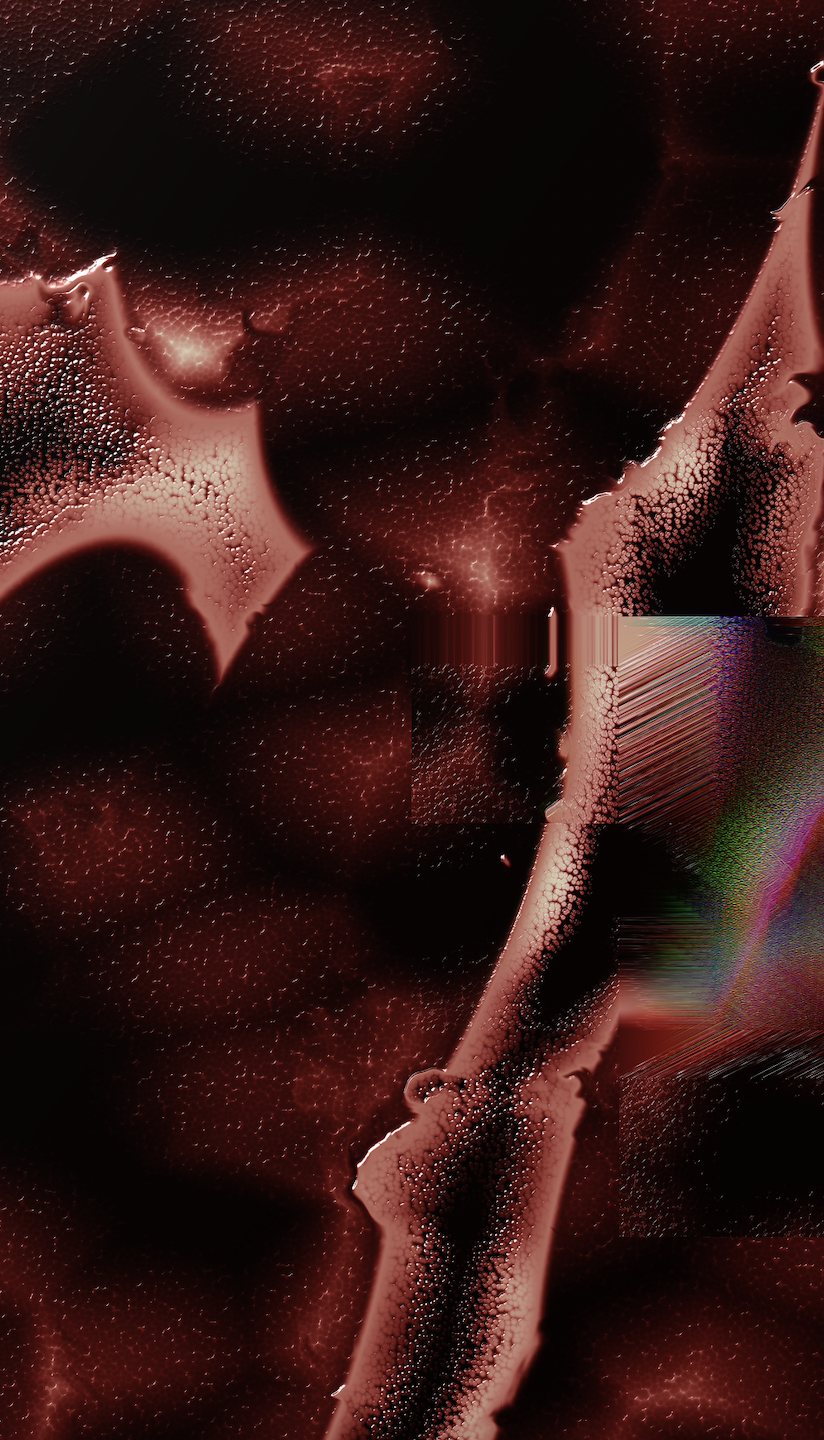LOLO ARDMZ: KARNE
Part of a series of articles & interviews released digitally that were first published in the print edition of the Bright Moments Quarterly that was distributed at Bright Moments Buenos Aires in Buenos Aires, Argentina in November, 2023.
Bright Moments: Hi Lolo! Thank you for taking the time to do this interview. Can you tell me about the moment or process of discovery in your life that led you to get involved in digital art and experimentation?
Lolo Armdz: I always define myself essentially as a programmer. Programming is like my tool and my means of expression.
I've always liked images, drawing, and making things with my hands with Lego or clay. When the computer appeared, which I've been using since I was very young, my goal was always to create animations. Imagine wanting to do 3D as a kid in a small town in the interior of the province of Buenos Aires in the 90s. It was super difficult, but I was always there with the computer, using it as a tool.
But I never associated these two things, the computer and art or images. I wish someone had told me to go to Google and search for "Processing" because that would have saved me a lot of steps.
I define myself through multimedia, which is a word that already sounds vintage, but it represents me very well. It refers to programming and images, and what comes of those things together. All my programming research from the age of sixteen until my early twenties involved shifting from one programming language to another to create trojans and things like that. I was getting a deep understanding of how the computer worked, the research on how to make that kind of software teaches you how to use the hardware, and to deeply understand how the system works so you can hack it.
It was with Flash that I made my first approach to arrays, manipulating pixels, giving them instructions, etc., which is not so different from what I'm doing now, the same kind of glitches, particles, and experimentation but with ActionScript.
After that I got sucked into it, I did more research and found communities in Buenos Aires and other artists who were working on Flash as well. For example I remember seeing Leo Solaas’ website which had some elements animated in Flash, and thinking how cool it was. Same with Joshua Davis. I discovered a whole world of people making images, and building interactive things using software programming, and that's the direction I headed. It also goes hand in hand with when I started to VJ, I used to make my own visuals with a programming software called Quartz Composer using nodes. Whenever I did these experiments, I was instantly hooked from the perspective of real-time processing, animations, and everything always related to code.
Through my work, I'm always involved in different things, but programming is always the main tool. I create the brush and then paint with it.
I suppose the idea of creating art on the blockchain must interest you as a new space for creative expression because it's inherently digital. Can you tell me a bit about what you find compelling about this medium?
It took me a long time to get into it. Guido would tell me "Boludo dale!". But taking a step back from that process of self-discovery and self-recognition as an artist, I live off my craft.
I work in a studio where I do interactive design. So when I'm not creating generative art, I'm making generative artwork or an installation. I'm deeply involved in all of this. My colleagues and I define ourselves as “workers of the new media”. It takes on a different dimension when this craft also supports you, especially in a country like ours, in our reality, in Latin America, where I feel very privileged to be able to sit down at my computer and create images and call that my job.
What I personally feel about the blockchain, generative, and especially on-chain generative work, is that it helps people understand what we do. In the past, when we exhibited works, it was on a print or something similar, and we had to explain the entire process to people. "What you see as an image is actually an algorithm," we'd say. But ultimately, it was just an image. Now, with generative art platforms, people can see what's happening because the work is generated in real time. Plus, there's the whole blockchain aspect that makes it unique and unrepeatable.
I feel that the market, the concept, and people's understanding of what we do are finally emerging. We have places in Buenos Aires like Espacio Plan where we could always exhibit our works and do things. To name one of the places, we never lacked opportunities, but I feel that NFTs have also given it a framework or context in which everyone understands what we're talking about.
Can you tell me more about what you do at Estudio Plan?
Estudio Plan is an interactive design studio. It's also a production company. Through the use of new technologies, we try to create experiences for brands and cultural events. We also work with generative art, installations, interaction with people, mapping, and all kinds of new technologies. This keeps me in constant research, and many of the things I experiment with at home, I can eventually implement in my work in some way. It's good because it keeps me immersed in all of this. Also, I have some incredible colleagues there.
What are you working on for your project for the Bright Moments Buenos Aires Collection?
The project I'm working on is called Karne (meat). They're simulations, and I’ve created all the textures with code. I've been working on this concept of meat for a year (not sure why), and studying synthetic meat.
It has an Argentinian element to it because Argentina is a meat-exporting country.
In a world where lab-grown meats are being considered, where no animals are involved and everything is generated from cells in a test tube, I suddenly find that a large portion of the riches of my country are largely perceived negatively due to global discourse and pressure on climate change.
I don’t mean this for this project to act as pro-meat consumption activism, but there's something about my identity within the work that I'm still trying to define.
I also embrace my work from a technical perspective because I'm a programmer and I love technique. I want to create meat from code without using textures or external resources. The work is a meat-generating shader, and I think it turned out quite well.
Lastly, what are your expectations for this experience with Bright Moments and their arrival in your workspace and creative environment?
I love that Bright Moments is coming here, how they have approached the community and directly sought out artists. This opportunity also enables me to exhibit alongside all my colleagues, which is fantastic.
It's the push I need to become more involved and I'm curious to see what happens after this. I feel that this will help expand the local community.
I feel that there are many people in the audiovisual and interactive world but not as many in the generative art and code world. So I hope that this can attract more creators and artists.
I also see Bright Moments as a means of connection to a global community because Argentina is remote and we tend to be forgotten in the global scene. As emerging artists, we need that extra step. The world of digital art isn't cheap, it involves computers, and if you don't have a good computer you might not be able to do advanced research or access new tools. Things happen, and no one thinks about that. So, Bright Moments turning their attention to Argentina, a place full of talent and potential, is great.




